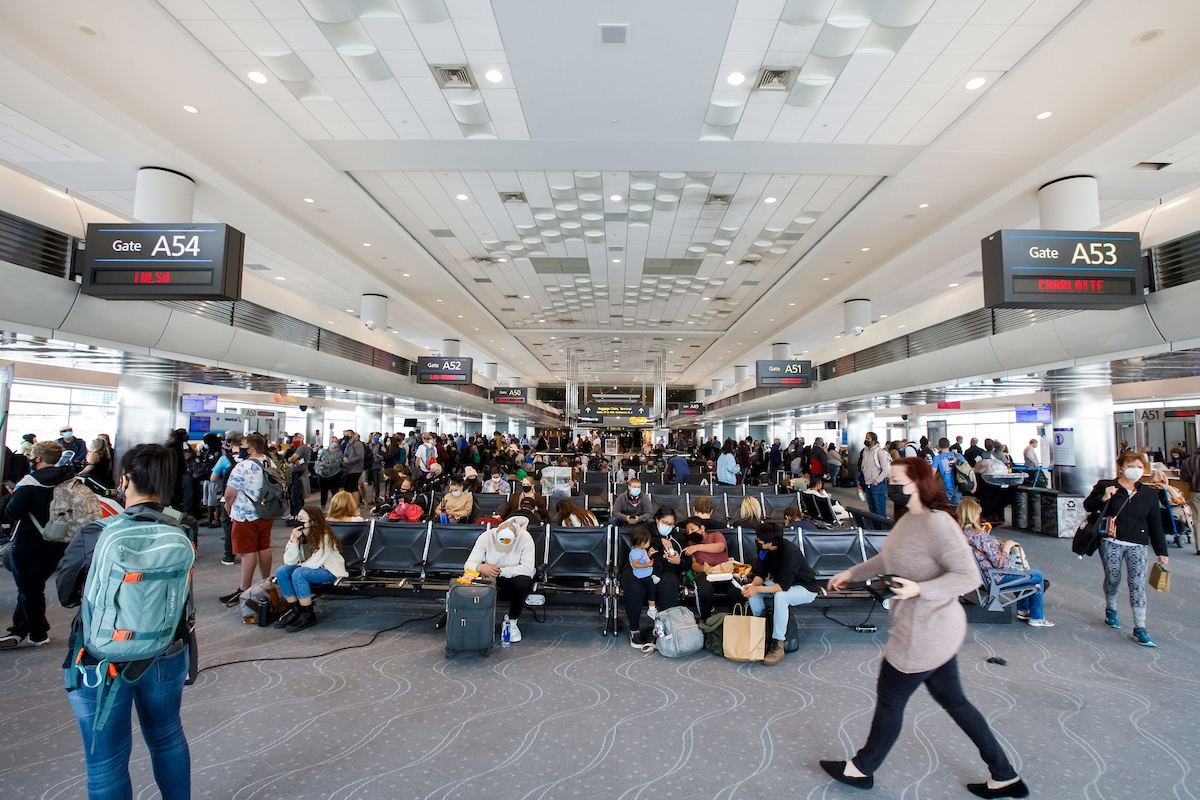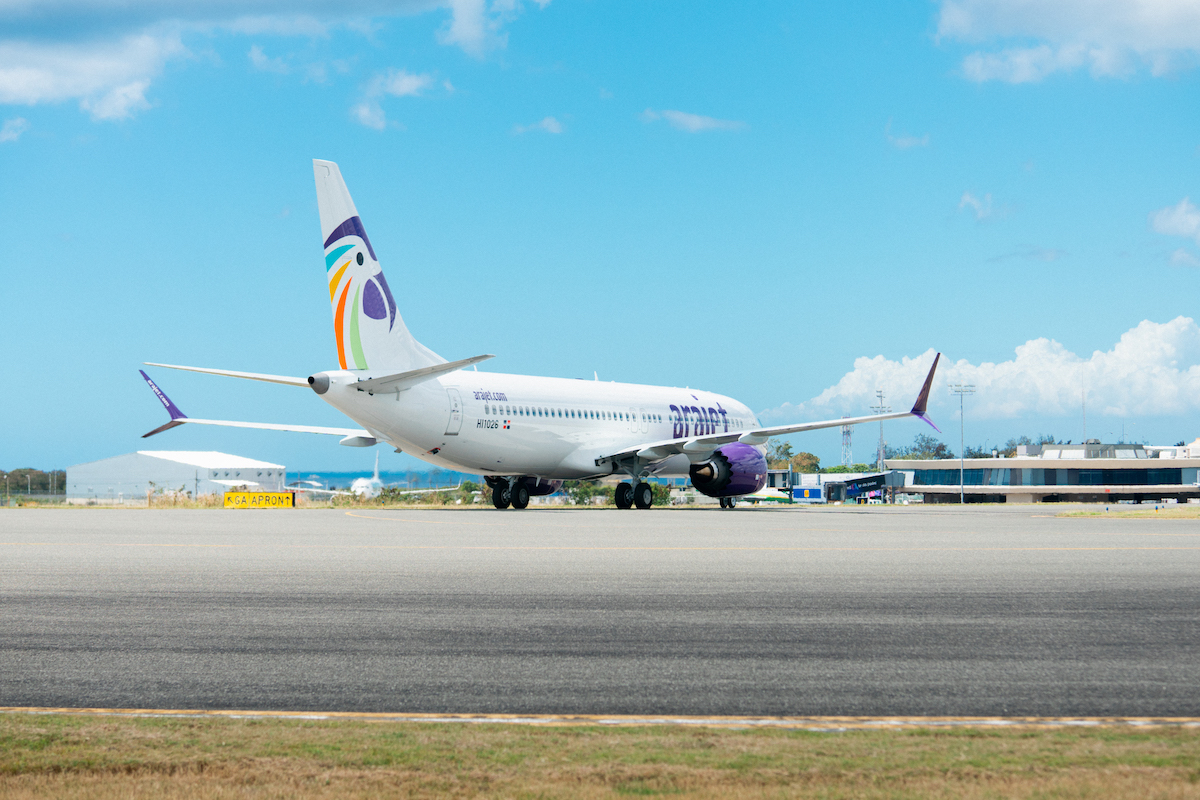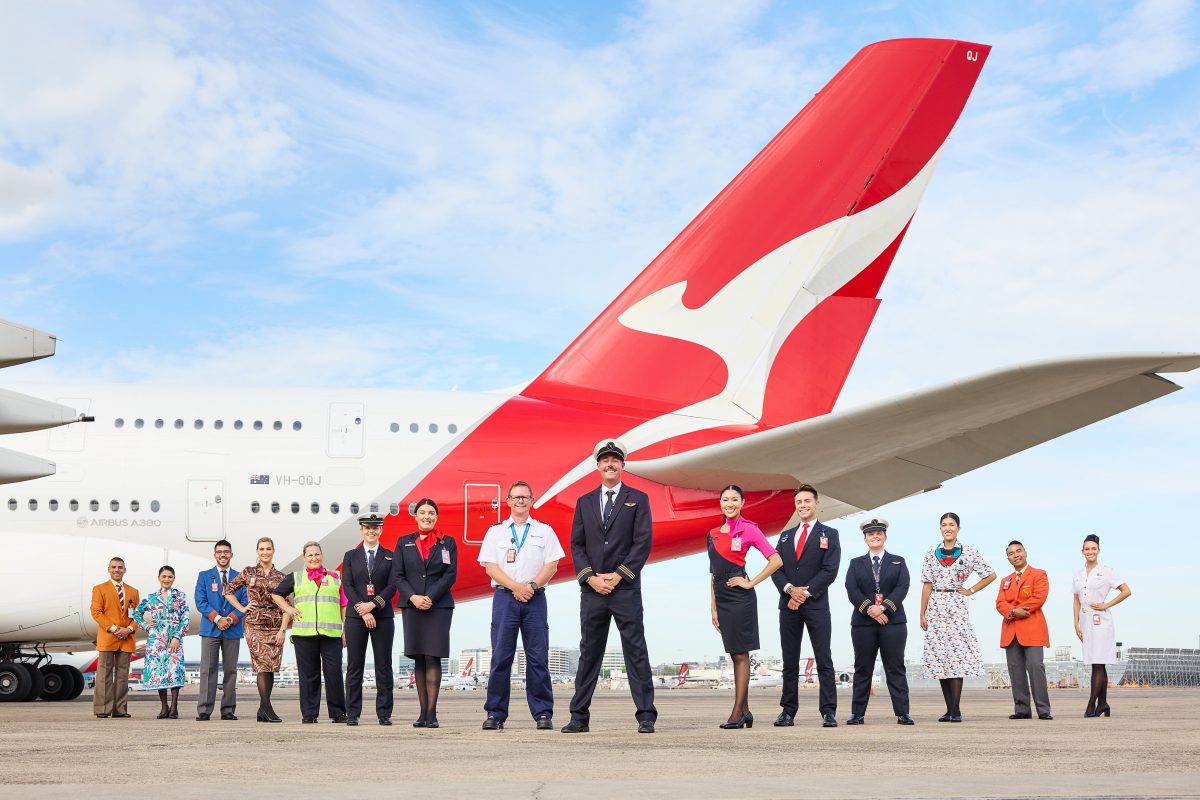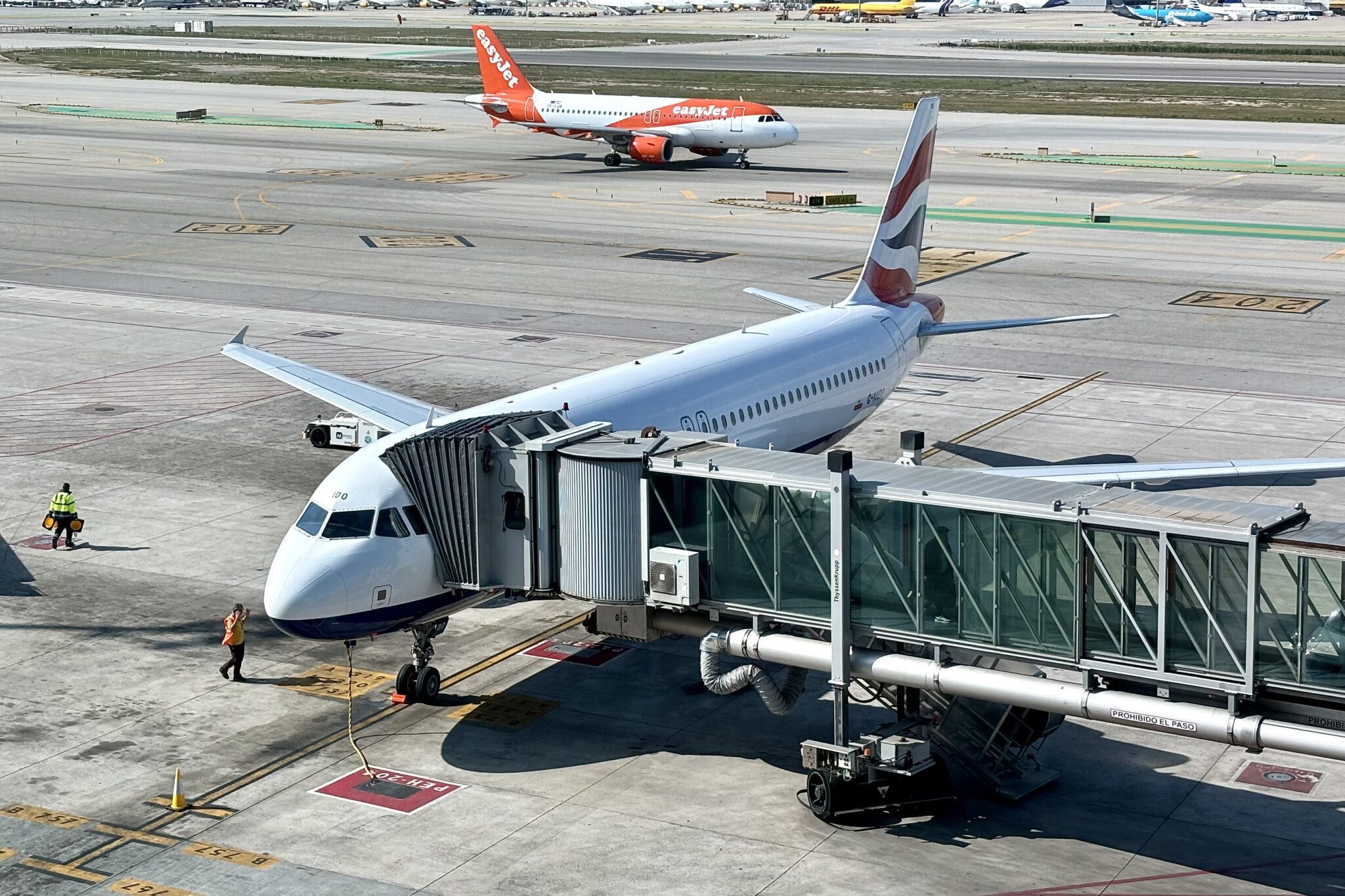Why U.S. Airlines Face a 'Weird' Market This Summer

The U.S. domestic market is in an interesting spot. Airlines report robust travel demand but, at the same time, some are seeing weaker yields through the historically strong peak summer travel season.
A basket of six primarily U.S. domestic carriers, including Alaska Airlines, JetBlue Airways, and Southwest Airlines, posted a solid average load factor of 85% in the second quarter. At the same time, their average capacity increase was nearly 12% year-over-year. Unit revenues, or RASM, fell by an average of 5%. None of these numbers are weighted by relative size, for example, a 1% increase in capacity at Southwest is much larger than the same amount at Allegiant Air.
The historic response to this strong-demand-weak-yields dynamic is simple: cut capacity. Flying less is one of the quickest and easiest ways an airline can boost fares and thus revenues. The tradeoff, however, is that less flying with the same fixed cost base translates to higher unit costs, or CASM.
But the market is a bit quirky. Yields, while declining compared to 2022, are broadly up — and up significantly — from 2019 levels. In other words, U.S. travelers are still more than willing to pay more for a flight today than they did four years ago. And, on the matter of expenses, the industry has and continues to struggle with unit costs, or CASM, excluding fuel that are well above pre-pandemic levels. This makes cutting flights — or capacity discipline as the industry euphemistically calls it — less appealing.
“It’s a really weird dynamic," Melius Research analyst Conor Cunningham said.
Airline executives had a multitude of answers for the situation. Americans who traveled domestically last summer are going on international trips, for example to Europe, this year. And those Americans who are going on holiday domestically, they are traveling in different ways than they did before Covid; for example, less demand on off-peak weekdays like Tuesday and more on peak days like Friday. The recovery in corporate travel has plateaued. And severe weather and air traffic control-related flight disruptions are discouraging some would-be fliers in certain markets.
“Demand is still very strong on the domestic side," Alaska CEO Ben Minicucci said in July. The yield declines are "really due to the surge in international. And I think if you really look at it, international is going to be strong from maybe June through September, October. But as kids get back to school, and things start to normalize, like I do think this thing is going to find its equilibrium.”
The Seattle-based airline plans to grow capacity 10-13% in the third quarter and forecasts a roughly 9% decline in unit revenues. The carrier grew 10% and saw unit revenues fall 3% in the June quarter. Managed corporate travel volumes stand at 75% of 2019 levels.
Spirit CEO Ted Christie on Thursday echoed Alaska's view of an international long-haul travel shift this summer, though the discounter also faces a myriad of other issues, including weather and air traffic control. The Florida-based airline expects lower yields on a roughly 14% capacity increase in the third quarter.
Southwest executives talked less about international demand and more about how the airline's schedule is not optimized to post-Covid travel trends. The airline will make a number of network changes early next year, including cutting short-haul business-oriented routes for longer ones with a larger leisure component, and reducing flying more on off-peak weekdays. And, when asked about its double-digit capacity growth — 14% year-over-year in the second quarter, and a forecast of roughly 13% in the third quarter — management attributed a lot to the normalizing of its expansion to 18 new destinations during the pandemic.
The Dallas-based airline expects unit revenues to decline 3-7% in the September quarter after an 8.3% drop in the June quarter.
JetBlue is making similar schedule adjustments. However, its moves are more necessary changes following the end of its alliance with American Airlines in the northeast, as well as lower post-Covid corporate demand on some shorthaul routes. These adjustments will largely occur in its summer 2024 schedule that begins in March.
The New York-based airline expects capacity to grow by 5.5-8.5% in the third quarter while revenue declines, the latter largely being attributed to the loss of the American feed. JetBlue grew 5.8% and saw unit revenues decline 1% in the second quarter.
Allegiant's results affirm many of the post-Covid leisure demand dynamics other airline executives referenced. The all-domestic, leisure-oriented budget carrier did well with a nearly 19% operating margin in the second quarter, and few signs of the yield weakness that some of its competitors see. Why? Apparently, its long adherence to the day-of-week flying model that pretty much every other domestic leisure airline is seemingly adopting.
"We are ideally suited for this leisure peak flying approach," Allegiant President Gregory Anderson said. "Going forward, we believe this approach will continue to pay dividends."
All of these carriers, plus Frontier Airlines, expect further unit cost excluding fuel increases in the second half of the year.
Cunningham said the elevated cost structures that most airlines are carrying, coupled with "still really healthy" domestic demand, is likely a big driver of the industry's continued growth.
“They’re all trying to bend their cost curves down," he said. To do that, an airline must grow and add capacity.
And, to be clear, no one lost money in the second quarter except Hawaiian Airlines, which faced its own unique issues. Industry profits were driven by the aforementioned strong travel demand as well as a significant drop in fuel prices. The third quarter may have some red ink though with both JetBlue and Spirit forecasting potential losses.
U.S. domestic capacity, measured in ASMs, will be up 10% in the third quarter compared to last year, according to Cirium Diio schedules. And capacity will be up roughly 5% from 2019 levels.
American, Delta Air Lines, and United Airlines have largely proven immune to the aforementioned trends because of several factors, including premium offerings, lucrative loyalty programs, and large international networks. All three segments continue to do very well, though the latter in particular is surging this year.
Data from trade group Airlines for America (A4A) shows the number of passengers onboard U.S. airlines' transatlantic flights up 14% from 2019 levels in July while domestic numbers were still down nearly 2%. And international ticket sales overall are up 10% from four years ago while domestic sales are down nearly 1%.
“If you don’t cater to premium, if you can’t bank on loyalty, and if you don’t fly internationally, this year’s third quarter is likely to disappoint," J.P. Morgan analyst Jamie Baker wrote in a recent report.




